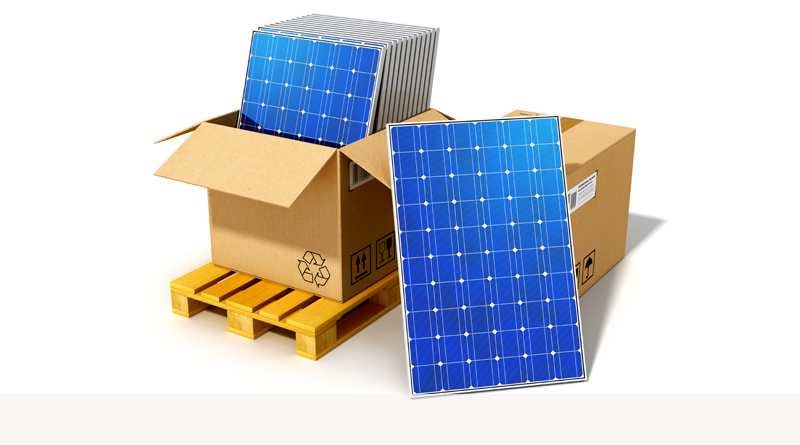

Even as the debate rages on the duties being imposed on solar equipment imports from China and Malaysia by India, it is pertinent to consider just why things have come to such a pass. Ever since making its commitment to 175 GW renewables by 2022 at the Paris summit, India has made an earnest attempt to ensure it gets there. In fact, if you have been tracking the news on the many tenders being floated, you will realise that the country is set to achieve, if not exceed comfortably, those targets. The volume has picked up so much lately that 2017-18 stood out for two interesting facts. One, that India’s new power generation capacity in renewables actually exceeded non-renewable capacity additions for the first time ever. Two, we believe, for an industry and infrastructure that is coming to terms with the new reality of renewables, we are almost at fatigue levels, when it comes to the developers and EPC contractors tasked with establishing the solar parks and more, after winning the tenders. Both issues have been covered by us here.
Now the hardware story. One of the key reasons why PM Modi went into solar with such gusto was the hope that like Wind, where domestic firms like Suzlon at least held their own when it came to manufacturing, the same story could be repeated in solar. But as it turns out, so quickly did China ramp up production, that, paired with fast technological changes, domestic manufacturing industry in solar has basically fallen flat. According to government statements, over 90% of the equipment used on solar installations over the past three years have been of foreign origin. Call it higher productivity, dumping or undercutting, China, in particular, has been favourite for developers. It’s a situation that even the newest duties may not change much, as these duties basically bring Indian manufacturing rates to within 10% of Chinese prices, a factor which may not be good enough to shift developers.
“As per the Report dated July 16, 2018, from Directorate General of Trade Remedies (DGTR), the quantum of imported solar cells/ modules is around 90 per cent,” Power and New & Renewable Energy Minister R. K. Singh said in a written reply to the Lok Sabha.
According to the report prepared by the office of the DGTR, India met 92.11 per cent requirement of its solar equipment through imports in 2017-18 while the proportion was 91.57 per cent and 95.31 per cent in 2016-17 and 2015-16 respectively.
Referring to the report, Minister Singh further added, “imports of solar cells/ modules PUC are taking place at very low prices resulting in drop in sales realisation of domestic industry thereby hampering the domestic industry’s ability to compete and make and sell the solar cells/ modules. However, this report has not commented on the issue of dumping.”
The value/market for solar modules/panels imported from China from 2013-14 to 2017-18 increased nearly six-fold from USD 596.73 million to USD 3.41 billion last year, according to the report. This update comes a few days after the news broke out that the DGTR submitted his proposal to the finance ministry to mandate a 25 percent safeguard duty on import of solar equipment’s from China and Malaysia (Read our report on that by clicking here ). The DGTR believes this change will drive more business towards local suppliers, who at present have a negligible impact on the market. we, in fact, believe that the new duty structure is designed to do just enough, and no more, for Indian manufacturing. For one simple reason. Capacities, as they exist today, will simply not match up to the demand coming their way, if a majority of solar buys were to be done domestically. Thus, to take advantage of the new structure, manufacturers will need to expand, and do that with the latest technology too. Not many seem capable of doing that, as it turns out. A second reason why duties have been moderate is the fact that the government will hope that these will not lead to significant rise in cost of power for upcoming projects, as its reasons that Chinese overcapacity will continue to lead to softening of prices.
While addressing the House on the domestic component policy the minister said, “In few schemes under the Jawaharlal Nehru National Solar Mission (JNNSM), a provision of Domestic Content Requirement (DCR) of solar cells and modules was made with an aim to promote local industry.” However, the record speaks or itself, and today we find ourselves imposing additional duties.
copyright:iamrenew.com
As Kerala strives towards a sustainable future, the Kochi Water Metro Limited (KWML) has revealed…
Kundan Green Energy has acquired Jabalpur MSW Pvt. Ltd., a well-established Waste-to-Energy plant that was…
Agriculture waste to energy conglomerate SAEL is preparing to go public within the next 12…
The Cuttack Municipal Corporation (CMC) and Oil India Limited (OIL) have come together to develop…
India’s Ethanol Blended Petrol (EBP) Programme has emerged as a global benchmark in clean energy…
Refex Renewables & Infrastructure Ltd. has announced that its wholly-owned subsidiary, Refex Green Power, has…